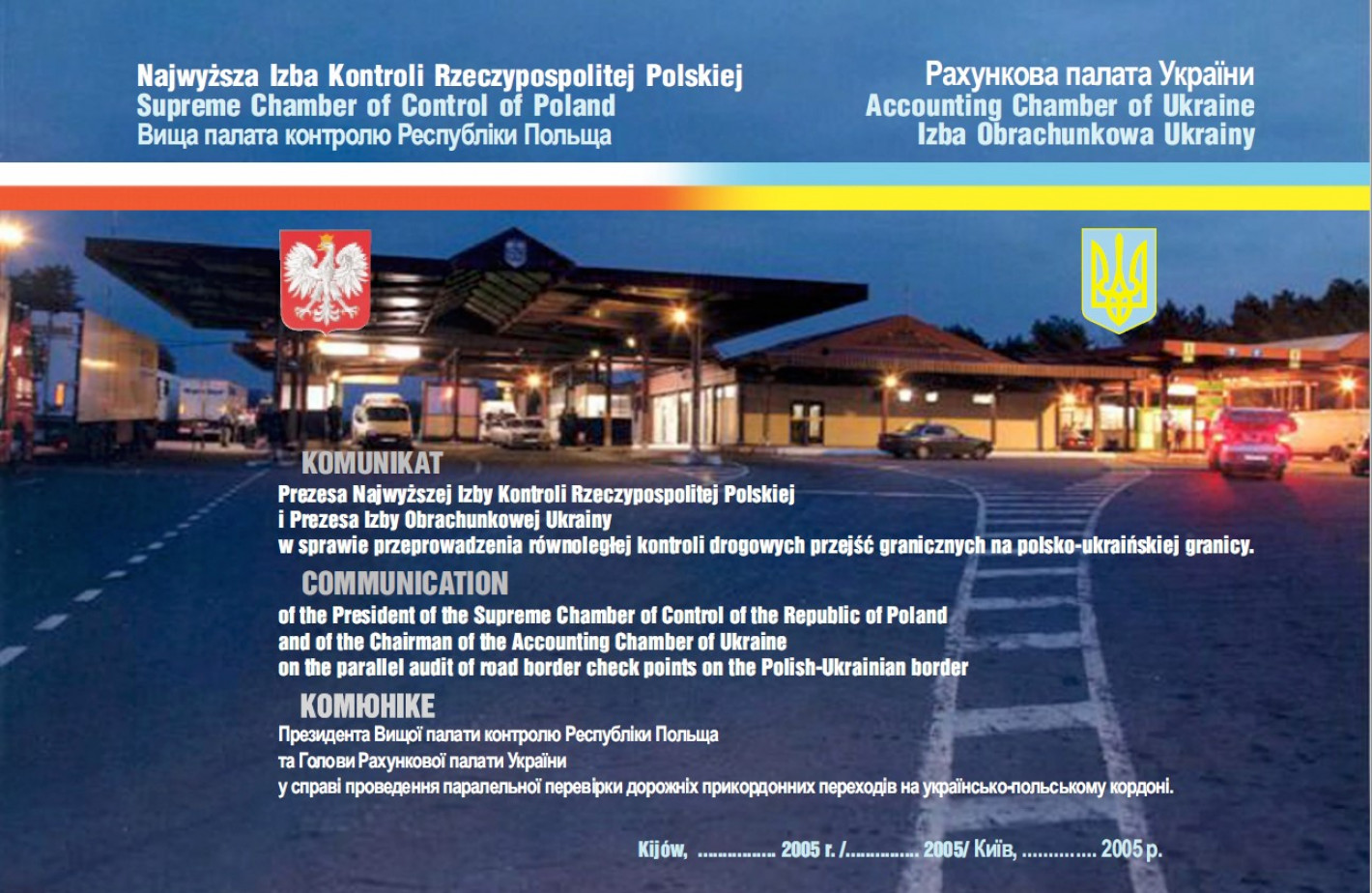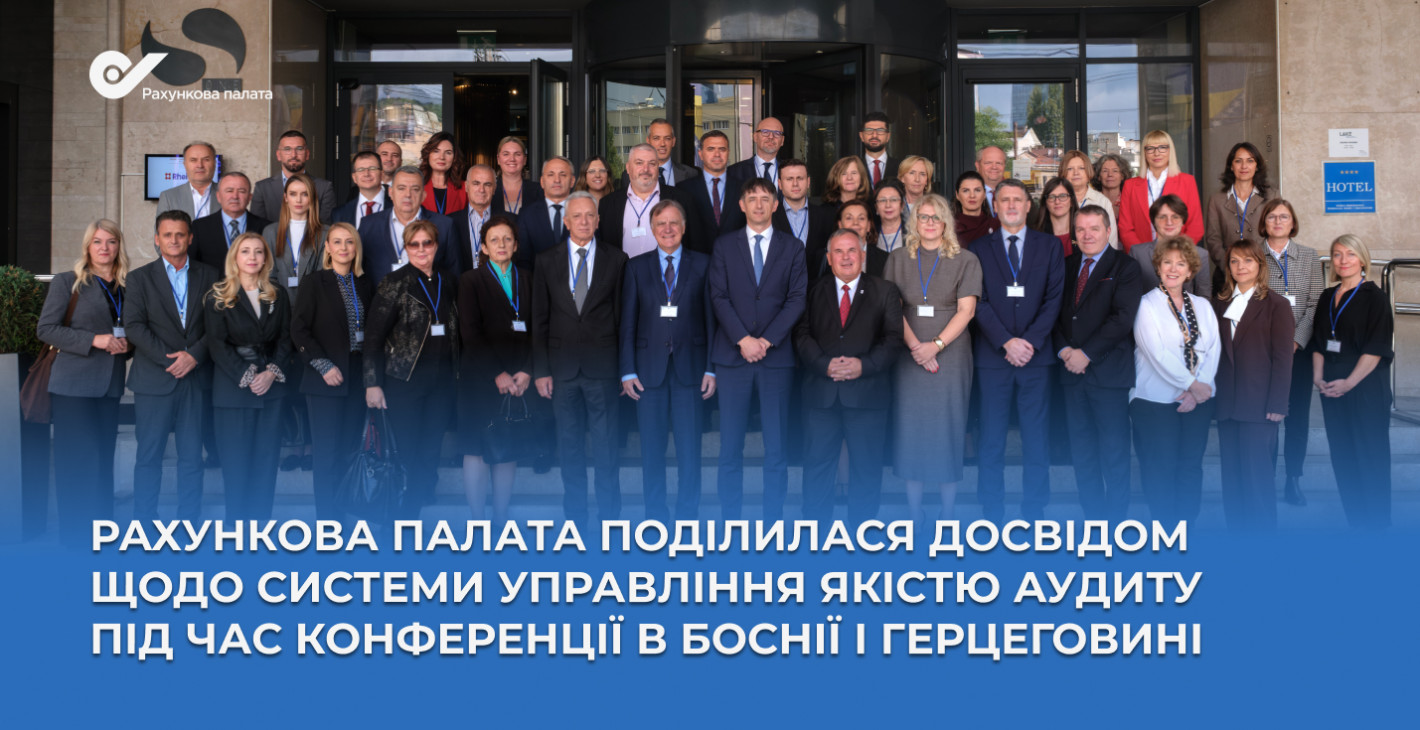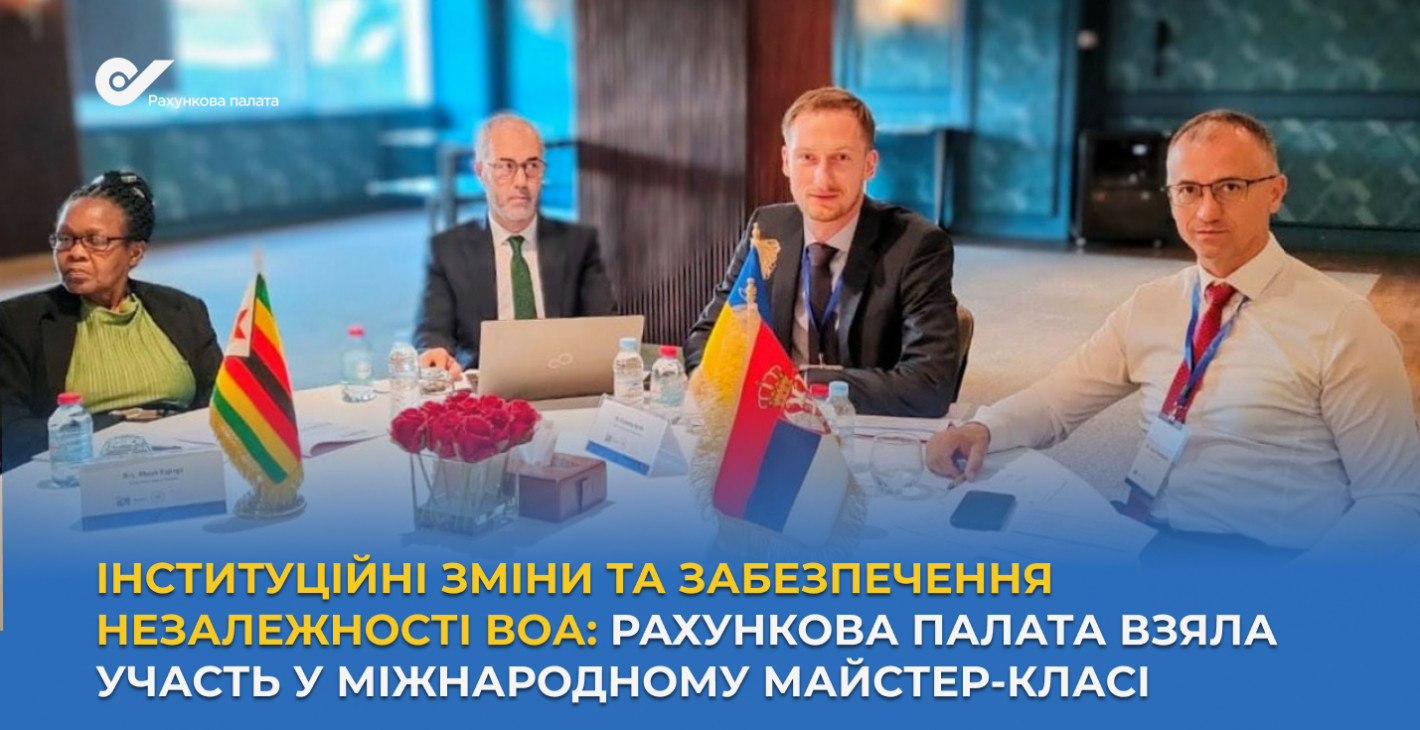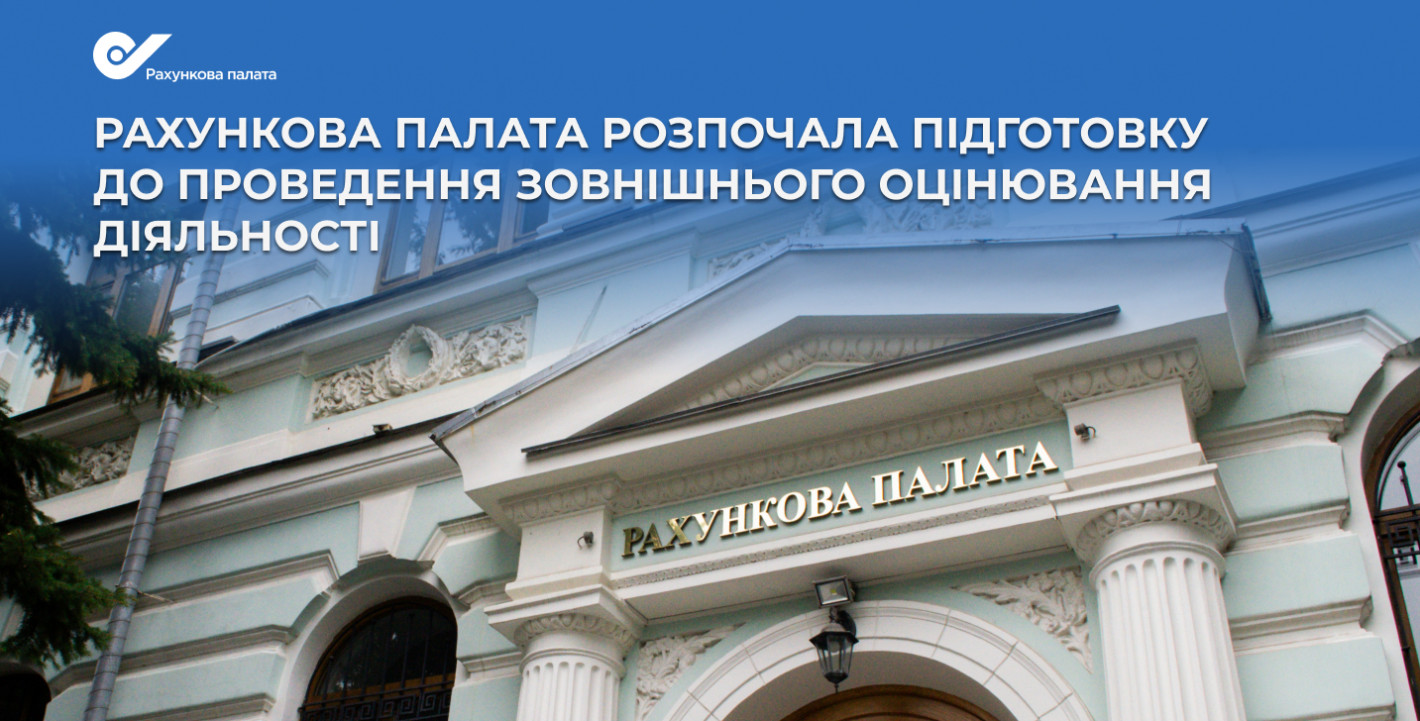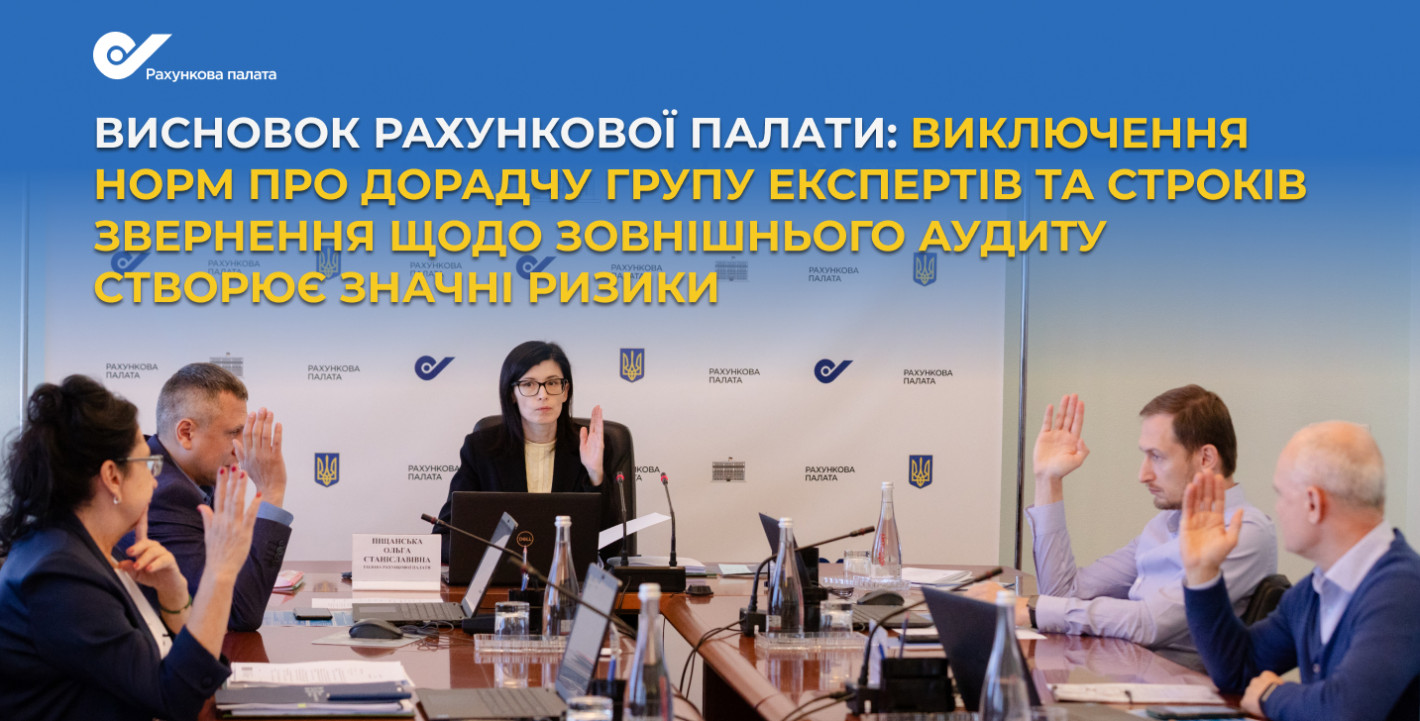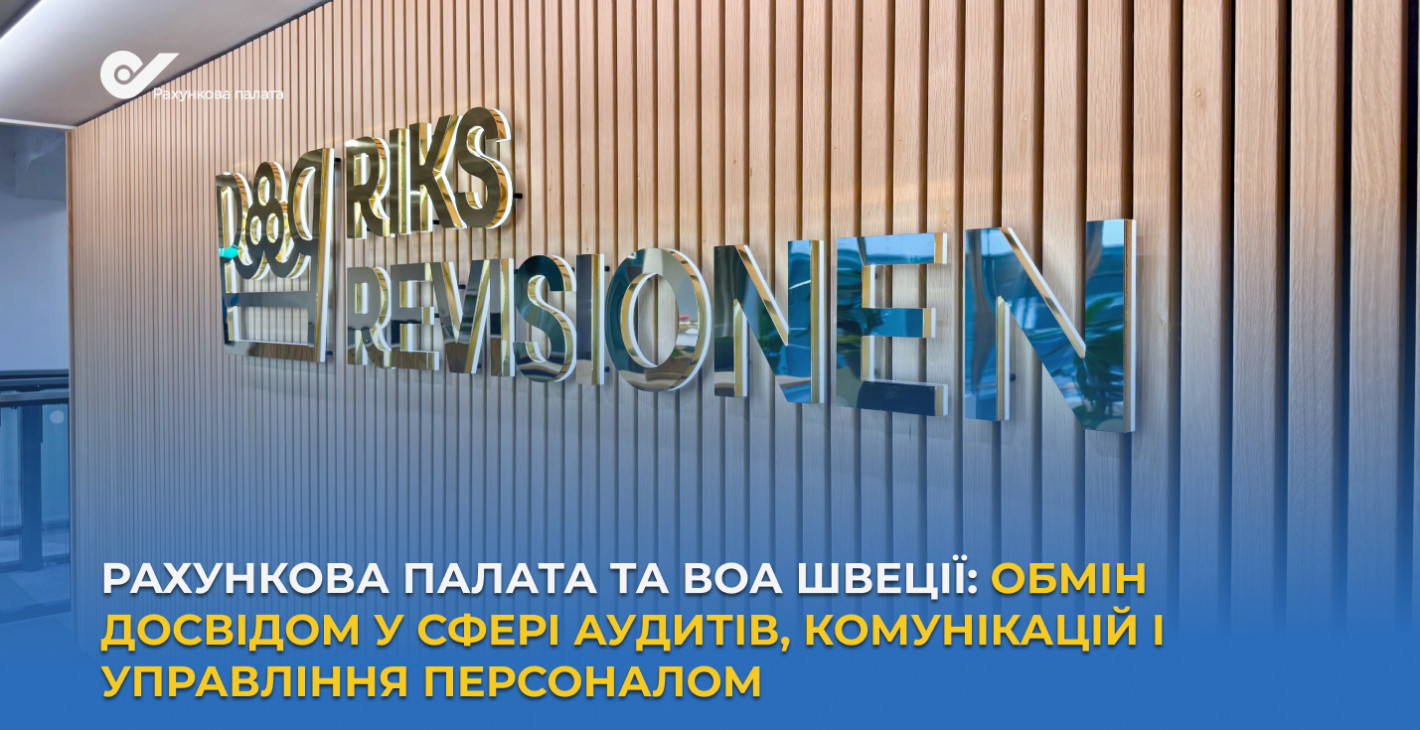On 23−24 June 2004, representatives from the NIK Regional Branch in Lublin and the ACU Department of State Security and Law Enforcement Activity, the two units responsible for the implementation of the aforementioned decisions, met in Lviv. The NIK Regional Branch in Lublin handed over to the Ukrainian party the approved programme of the audit implementation of programmes and plans of modernization and construction of road border check points on the North-Eastern and Eastern section of the state border in the years 2000− 2004 (1st quarter). The objective, scope and methodology of the audit were discussed, and the further course of proceedings was decided. On the basis of the aforementioned audit programme, the ACU drew up its own programme for the audit Effectiveness of the functioning of border check points on the Polish-Ukrainian border, and transmitted a copy of this document for information to the NIK Regional Branch in Lublin.
In the second half of 2004, the two bodies carried out audits with regard to the activities of competent institutions of the two countries in order to prepare road border check points for appropriate customs clearance.
The results of the audits were approved in separate national audit reports which, together with appropriate recommendations, were transmitted to supreme state institutions. The NIK and the ACU also exchanged their reports. Working materials for the joint Communication were also prepared. The two parties presented results of the parallel audit and their experiences in the field.


